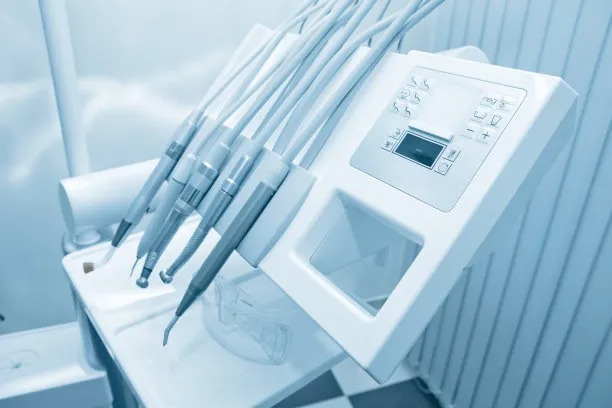Essential Precautions to Consider Before Getting a Dental Filling for Optimal Oral Health and Comfort
Summary: Dental fillings are a common solution for repairing cavities and ensuring optimal oral health. However, several essential precautions should be considered before undergoing the procedure to enhance comfort and effectiveness. This article delves into critical aspects such as researching dental materials, understanding the filling procedure, ensuring good communication with your dentist, and planning for recovery post-procedure. Taking these precautions can significantly impact your overall experience and maintain long-term dental health.
1. Researching Dental Filling Materials

Before selecting a dental filling, its crucial to understand the various materials available. Common options include amalgam, composite resin, glass ionomer, and porcelain. Each material has its advantages and disadvantages, which can greatly affect your choice. For instance, while amalgam is durable and cost-effective, composite resin offers a more aesthetic solution that blends seamlessly with natural teeth.
Researching the properties of these materials can help you make an informed decision based on your specific needs and preferences. Consider factors such as durability, appearance, and potential allergic reactions. Consulting with your dentist about the best material for your dental situation can also provide valuable insights.
Finally, consider the longevity of different materials. Some fillings may require replacement sooner than others, affecting long-term costs and dental care. Understanding these factors ensures that you make a choice that aligns with both your oral health and personal preferences.
2. Understanding the Filling Procedure
Prior to getting a dental filling, its essential to know what the procedure entails. Each filling process generally includes an examination, cleaning of the cavity, and placement of the filling material. Understanding the steps involved can help reduce any anxiety you may have regarding the procedure.
For many, the thought of dental drills and anesthesia can be unsettling. However, most modern dental practices use advanced techniques to minimize discomfort. Discuss with your dentist how they will manage pain and anxiety during the procedure. Familiarizing yourself with the tools and techniques they use can provide peace of mind.
Additionally, knowing the projected duration of the procedure helps set appropriate expectations. Most fillings can be completed within an hour, but complex cases might require more time. Clarifying these details in advance allows for better planning and can alleviate concerns about the appointment.
3. Communicating with Your Dentist
Clear communication with your dentist is vital when preparing for a dental filling. Before the procedure, share any health concerns, allergies, or previous dental experiences that might affect your treatment. This information enables your dentist to tailor the procedure to your specific needs.
Dont hesitate to ask questions about the filling process, materials, and aftercare instructions. A well-informed patient is often more comfortable and confident during dental procedures. This open dialogue can also help establish a trusted relationship between you and your dentist, leading to a more positive dental experience.
Following your filling, communicate any discomforts or unusual sensations you might experience. Reporting these issues allows your dentist to address them promptly and effectively, ensuring your recovery is as smooth as possible.
4. Planning for Recovery After Procedure
Taking appropriate steps for recovery after getting a dental filling is crucial for oral health and comfort. Post-procedural care often involves managing any swelling or discomfort. Your dentist may recommend over-the-counter pain relievers and specific aftercare instructions to follow.
Avoiding certain foods, particularly very hot or cold items, is advisable until you鈥檝e fully recovered. These can irritate the filling and, in some cases, lead to discomfort. Drinking plenty of water and maintaining proper oral hygiene will also contribute to a quicker recovery and help in the overall healing process.
Keep in mind that your filling might feel different when you first bite down. If the sensation persists or increases, revisit your dentist for a quick adjustment. Addressing these concerns early on ensures that your dental filling fulfills its purpose without causing discomfort in the long run.
Summary:
In summary, being proactive and informed before getting a dental filling enhances your overall experience and optimizes your oral health. From researching filling materials to understanding the procedure and engaging in open communication with your dentist, each precaution plays a significant role. Additionally, planning for recovery can help you maintain comfort and effectiveness after the procedure.
This article is compiled by Vickong Dental and the content is for reference only.


